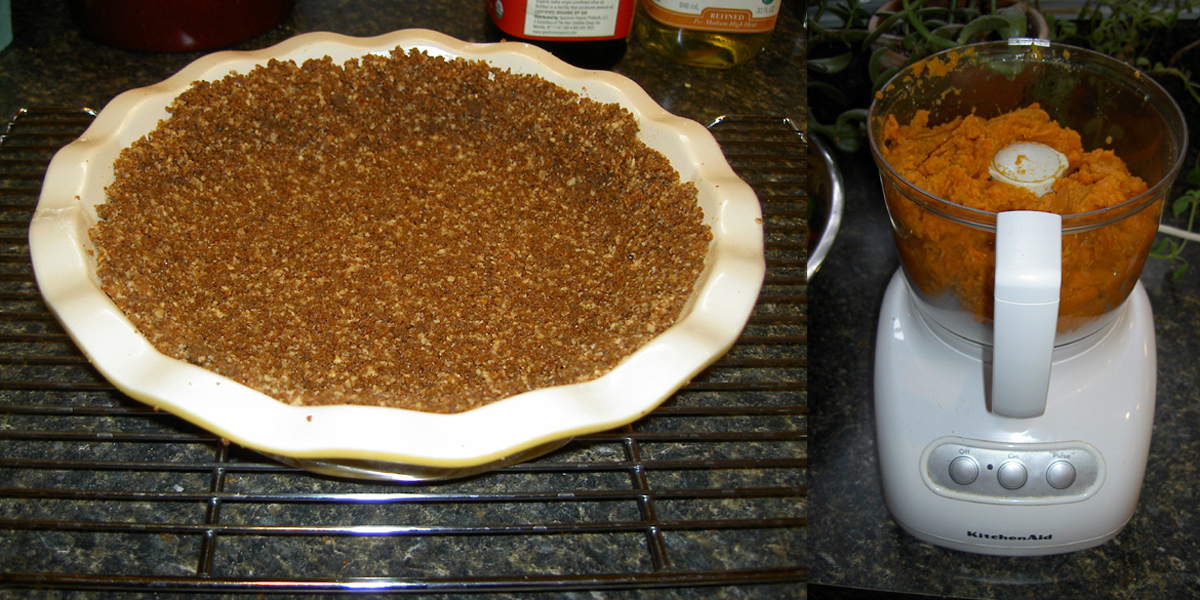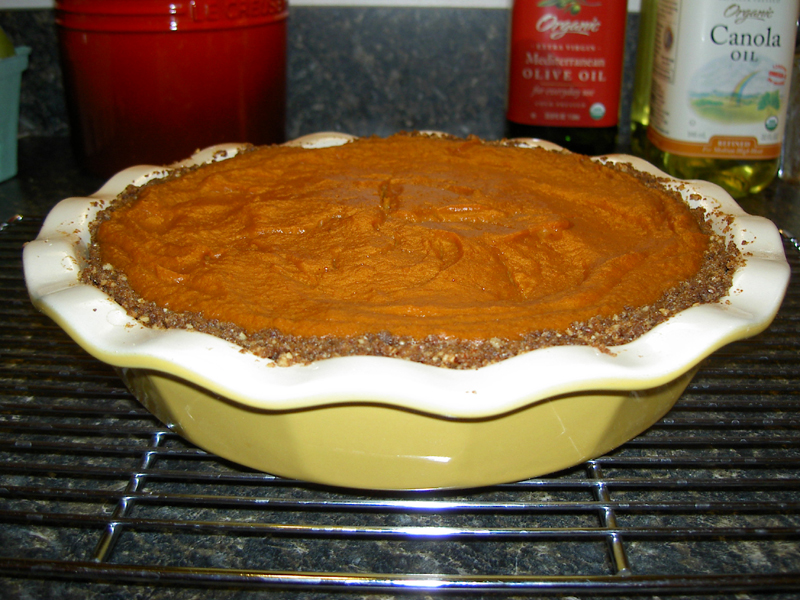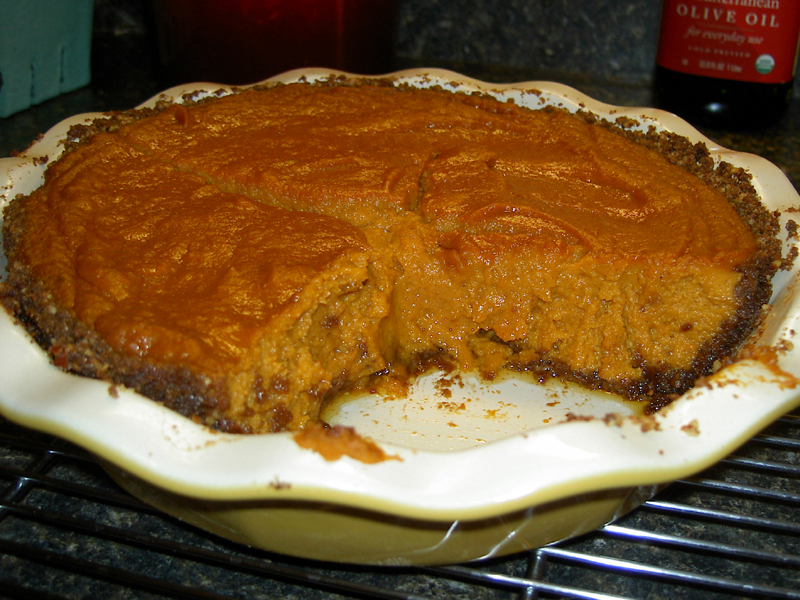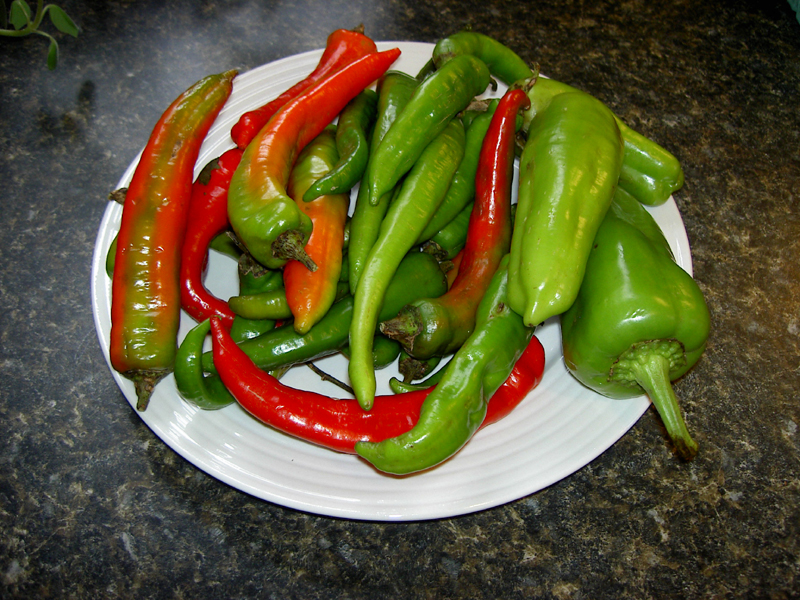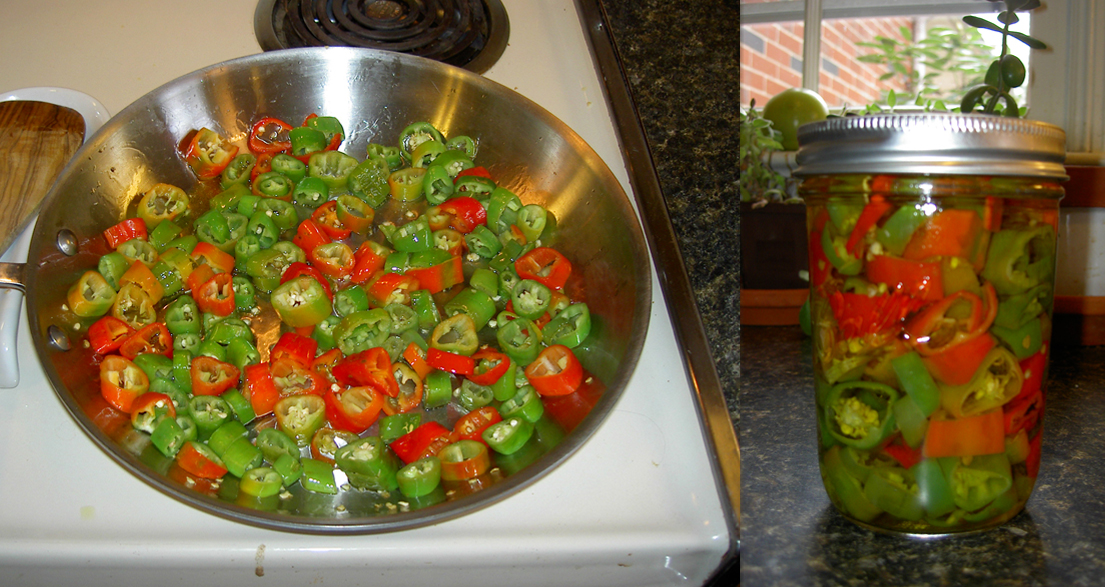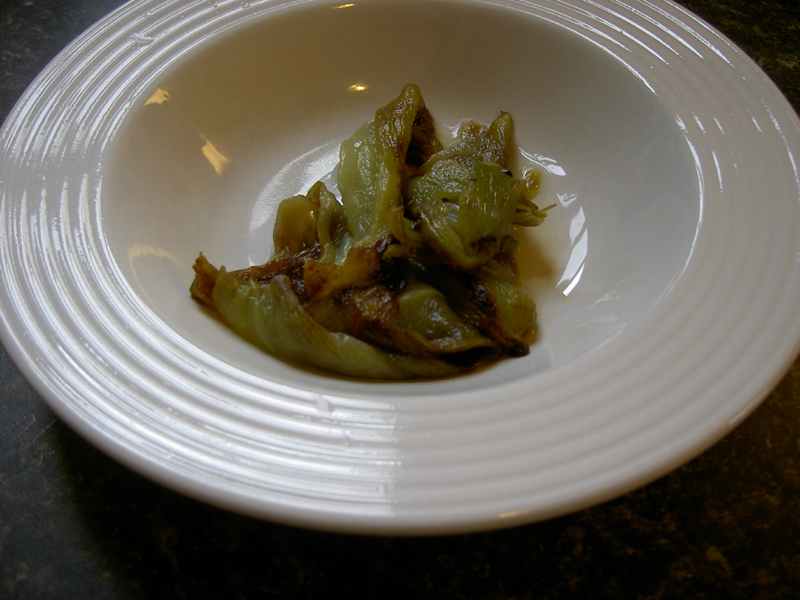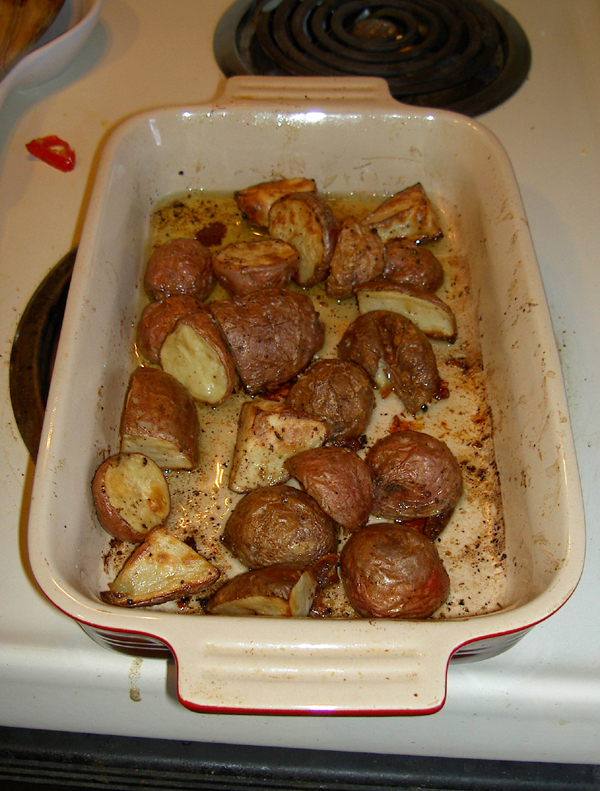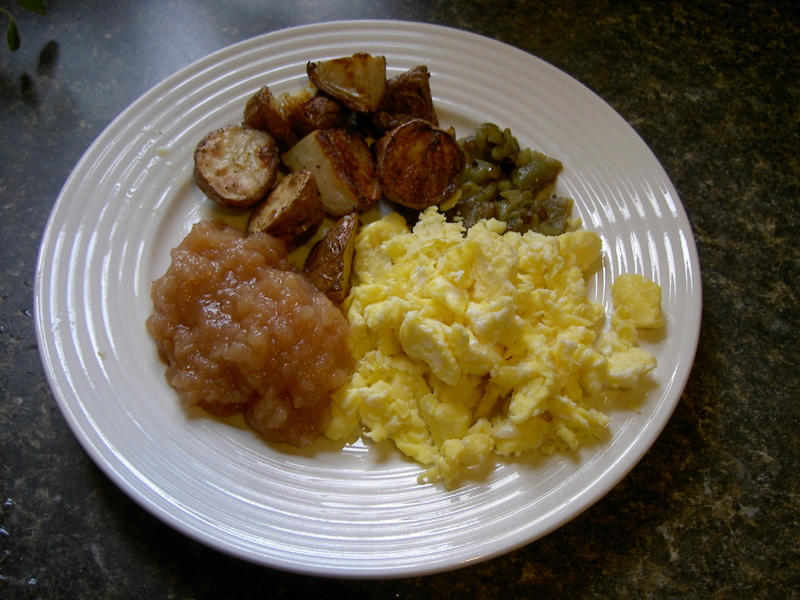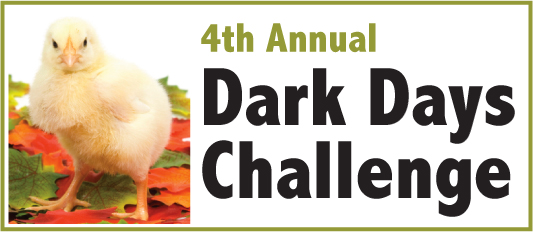Maybe it’s just parenting forums, or maybe it’s just the DC area, but I continue to be surprised by the hostility and derision directed toward people who make it a priority to buy organic food. (I won’t even get into the purchase of other organic products, like toiletries or linens.) I understand that the cost of organic food makes it difficult to directly substitute for conventional food; making that kind of shift in a fixed budget requires making different choices and taking out entire categories of food (for us it’s been packaged food and eating out, for example). The critics aren’t usually (only) focused on the logistics or the financial challenges, though: there’s a way in which the entire commitment to organic food is suspect. Now, maybe this is just the contempt of the majority for the minority, since organic food still makes up only a small percentage of the food sold and consumed in this country. But there’s a component of the judgment that’s puzzling to me, that suggests that people who buy organic food are stupid: they’re getting suckered into paying more for something of lower value (or at least not of a greater value commensurate with the increased price).
Certainly, some of the price of organic food must be driven by demand in some parts of the country where more people want more organic food than is available. I am willing to accept that premise. I don’t believe, though, that most of the basis for the price is inflation based on scarcity; there just isn’t enough demand on a scale that would make such an approach generally profitable. Now, I know that some organic dairy farmers have chosen to “dump” their organic milk in the conventional market in order to keep the price of labeled organic milk at a certain level, but I don’t (personally) believe that’s a choice driven by greed. Instead, I understand that to be a move that’s necessary if the farmers want to have the price of milk stay at a level that allows them to stay in business, in the face of competition with large factory farmers like the ones who supply Horizon milk. If large commercial farms were taken out of the equation, by the government enforcing the pasture requirement differently (for example), small organic dairies would have no need to take artificial measures to keep the price of milk high because demand would naturally compensate (milk being one of the most desired organic products these days).
To bring this back to my original point, it seems that people perceive organic food to have an artificially high price point. All the public awareness and information campaigns that have been undertaken have failed to convince these folks that conventional food is artificially cheap due to subsidies and questionable labor practices. Which brings me to the crux of why I am committed to organic food: I grew up in farmland, and I am not interested in having my money go to people who exploit farm workers through low wages and insecure jobs, or to people who endanger the lives of those workers and their families through the injudicious use of pesticides and herbicides. I am even less interested in having the people who make and sell those pesticides and herbicides profit from my food choices. I hardly ever see these arguments about organic food being made, though, and it’s probably because we can never know for sure that farm workers aren’t being exploited (which is why I don’t believe agricultural workers should be exempted from the federal right to unionize nor from the minimum wage laws, but that’s a whole different discussion for another day). We can and do know that the chemicals used in conventional and industrial farming don’t just poison the water systems, they make people sick. And I don’t mean the people who eat the food, I mean the people who plant, weed, harvest, and process it.
This last issue seems to be at the root of another element of the contempt for a commitment to organic food: there’s little evidence that the food is better for the consumer, and most people take a narrow view of what their own interests are. Yes, there are not many studies that support a higher nutrition value of organic produce, but there are increasingly many that suggest negative outcomes from the consumption of pesticides. Still, there are foods that don’t retain as many pesticides as others, and people seem happy to save their money for the worst offenders. The same rationale applies to genetically-modified organisms: there’s little evidence that they are dangerous to our health. The knowledge that they are made and sold by the pesticide companies, or that they are contaminating traditional crops and thereby further limiting the diversity of our food supply, does not factor into people’s consumption choices. Because there’s little evidence to justify buying organic solely on the basis of an immediate physical benefit to the consumer, a person has to take a larger view of what’s in their own interest. You have to believe that it’s in your interest to protect the health of other people’s families, to protect biodiversity, and to minimize the application of chemicals, even when they’re not being applied in your region. You also have to believe that all of those things are worth paying more for what appears to be the same stuff: organic food is not easily identified in and of itself, and is invariably more expensive if you are substituting products one for one in your family’s eating plan.
So, I get that people might not care enough about these things to spend money on them and might simply choose not to buy organic food. What I don’t get is why there’s so much hostility directed at those who do. Now, it may be that folks are just afflicted with the inability to see another person’s divergent behavior as anything other than an attack on them and what they’ve chosen to do in their own lives. I certainly know more than a few people like this, and go out of my way not to engage them in conversation about anything personal. This is what I thought was going on, but lately I have been thinking it has more to do with money. If organic food costs more, to buy it you either have to have more money or stop buying something else. In either case, it becomes just another consumer item that can signal status. Of course, it can only signal status is people know you’re buying it, and unlike your gold Lexus SUV, it’s not something that is immediately obvious. So, if you are buying organic food as a status marker, you would have to let people know by talking about it. Which would be annoying, just as annoying as the person who talks about the thread count of their sheets that they had to have imported from France (or wherever) because otherwise how the hell would you know to be impressed with what they were sleeping on. That kind of talking about organic food would get annoying, so I could see how listeners would become hostile. I could also see how you would think it was a stupid thing to spend money on, if your goal were to gain status, since not only do you have to talk about it all the time but you eat it and then it’s gone. If I had limited funds and were concerned about signaling status, I’d probably get a flashy car and a recognizable handbag, too.
After all this circular talking, we seem to have arrived at: some people care about the practices behind organic food to buy it regardless of price and some people only buy organic food because of what they think the price says about how much money they have. Apparently I only know people in the first category, aka hippies, because I’ve never heard someone put forward their consumption of organic food as a way to impress me (or someone else impressive who might also be listening).

